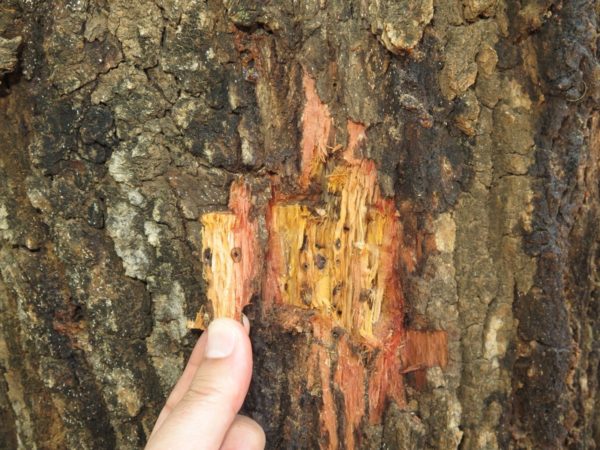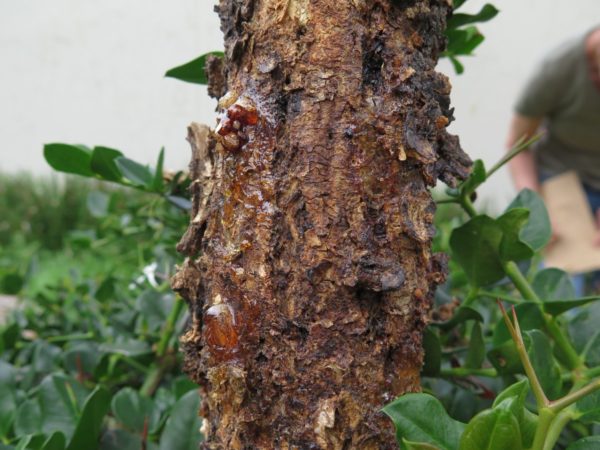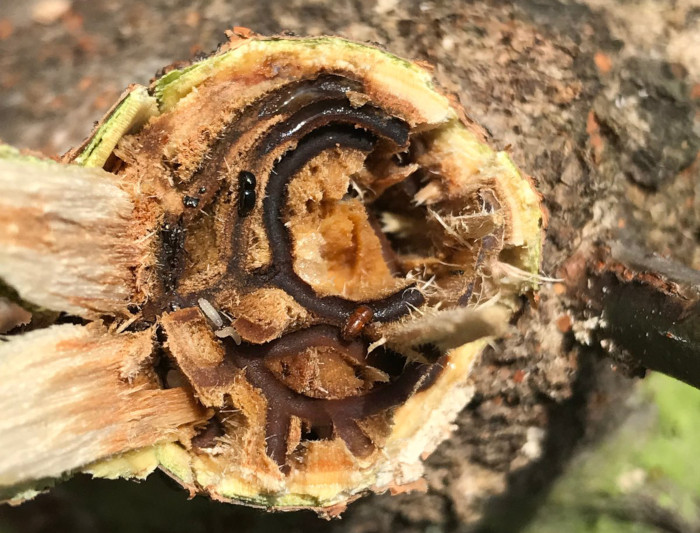An invasive beetle species has destroyed more than 10 000 trees across the country and poses a serious threat to trees in the metropole and surrounding areas of Cape Town.
The City of Cape Town Mayoral Committee Member for Community services and Health, Zahid Badroodien, explains that it is the City’s duty to protect the area’s natural fauna.
“We should not underestimate the damage that the beetle could cause to trees. Invasive species of this nature could go undetected as people don’t usually inspect trees to see if there are any beetles on the tree… The City of Cape Town has the responsibility to protect its trees, as they play an integral part in a healthy eco system and offer important environmental benefits.”
The beetle, the Polyphagous Shot Hole Borer (PSHB), bores holes into the branches of its host tree, and the adults dig tunnels into it to lay their eggs.
The beetles also transport a fungus which attacks a tree’s vascular tissue, causing a disease called fusarium dieback (FD). This disease interrupts the supply of water and nutrients to the tree, and the tree can be destroyed in a very short period of time.

PSHB beetles attack more than 300 tree species countrywide, and more than 130 of these are susceptible to FD, including oaks, most willows, plane trees, avocado trees, some acacias, and most maples.
The response of trees to the pest varies, and if detected early enough, the infestation can be effectively treated to prevent damage.
Urban areas such as Johannesburg, Durban, Pietermaritzburg, George, and Knysna have also been affected by the invasive species.
Badroodien says that local research efforts are being put into place to find an effective solution.
“The City is working closely with the Forestry and Agricultural Biotechnology Institute(FABI) of the University of Pretoria to ensure that the latest technology is shared, and to update databases for current and future research, in an effort to more effectively control the PSHB.”
The beetles are very small – adults only grow up to 2mm in length – making it difficult to spot them with the naked eye.
According to the Forestry and Agriculture Biotechnology Institute (FABI) trees which are infected show the following symptoms:
– Gum extraction on the bark
– Entry and exit holes
– Sugary exudates
– Staining

Members of the public are encouraged to report any sightings of the beetle or tree symptoms by sending an email to [email protected] or by contacting the City on 0860 103 089.
Badroodien says, “The city has many trees in parks, on street verges and open land which play an integral part in biodiversity within an urban environment. We owe it to our children and future generations to protect our trees. I would like to request residents and visitors to inform the City in reporting any sightings. This will enable us to more effectively to deal with the invasion if it happens.”
The City will respond to such reports as soon as possible.
More information about the invasive beetle can be found here.

Picture: Supplied by the Forestry and Agriculture Biotechnology Institute (FABI), University of Pretoria






